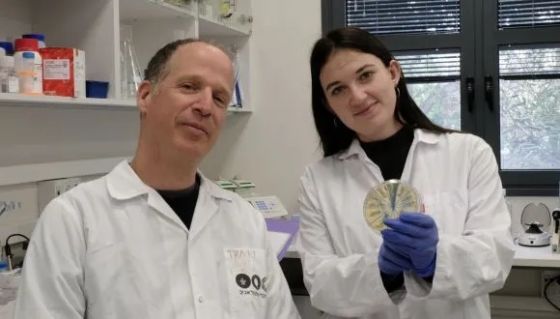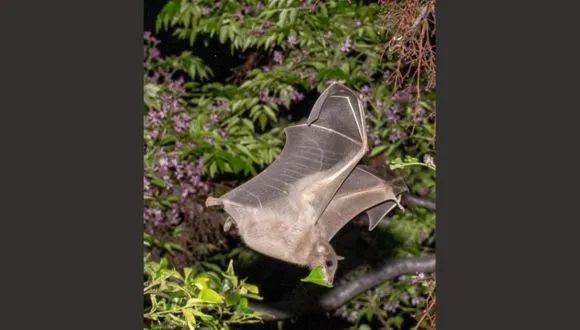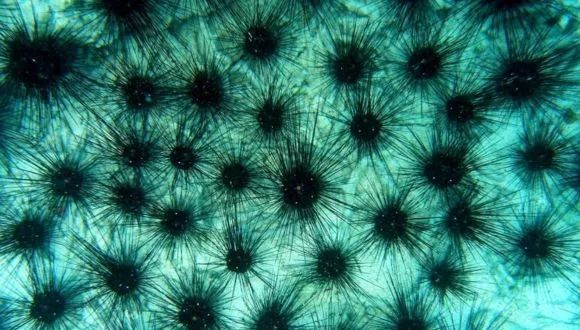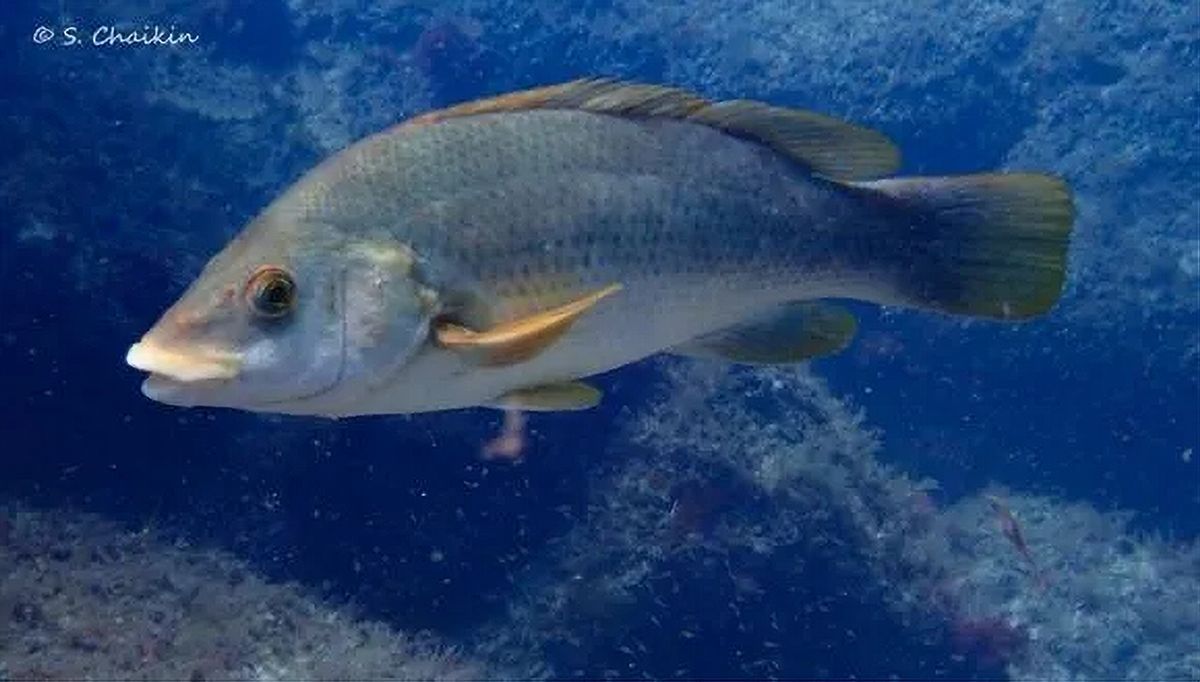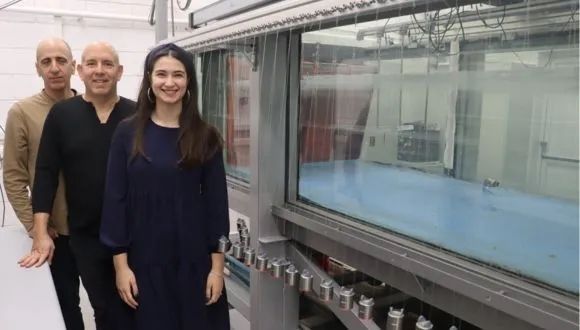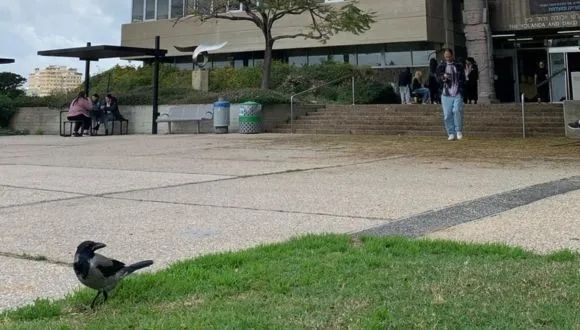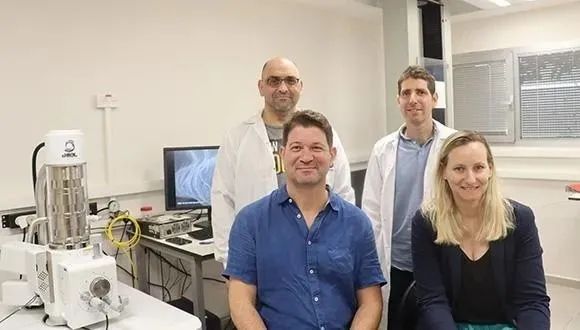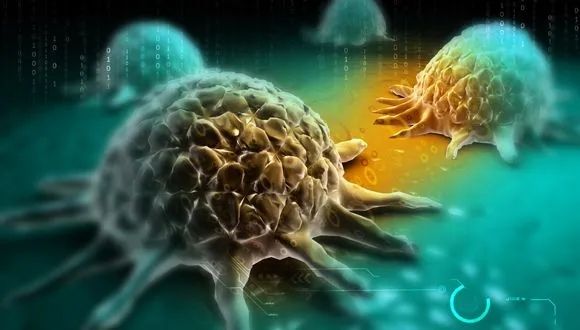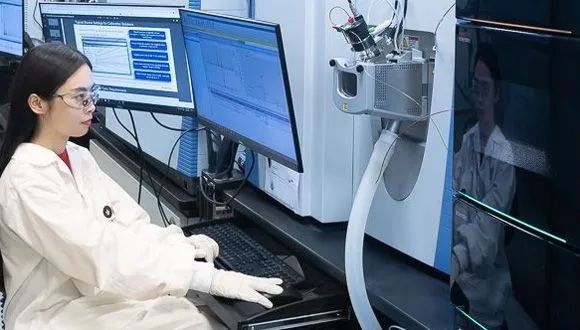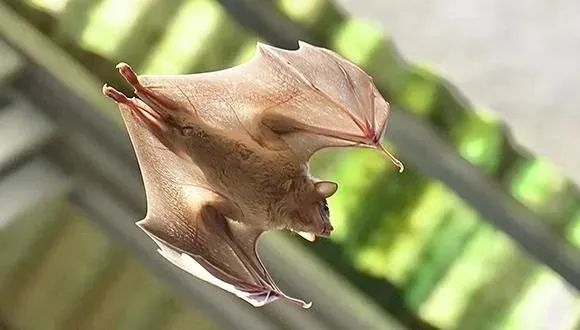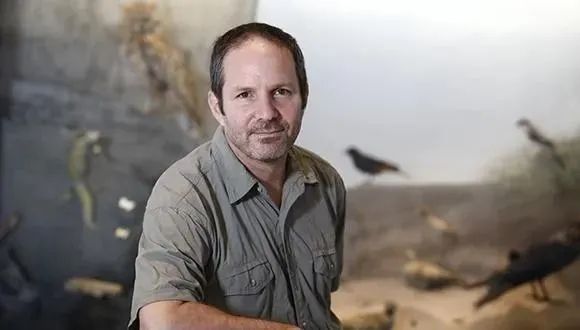Researchers from the Shmunis School of Biomedicine and Cancer Research at Tel Aviv University have deciphered a novel complex decision-making process that helps viruses choose to turn nasty or stay friendly to their bacterial host. In a new paper, they describe how viruses co-opt a bacterial immune system, intended to combat viruses like themselves, in this decision-making process. The study was led by Polina Guler, a PhD student in Prof. Avigdor Eldar’s lab, in addition to other lab members, at the Shmunis School of Biomedicine and Cancer Research, George S. Wise Faculty of Life Sciences. The paper was published in Nature Microbiology.
All-You-Can-Eat Bacteriophage
Bacteriophages, also known as phages, are types of viruses that infect bacteria and use the infected bacteria to replicate and spread. Even though the word ‘bacteriophage,’ meaning ‘bacteria devouring’ in ancient Greek, suggests destruction, many phages can adopt a “sleeping” mode, in which the virus incorporates itself into the bacterial genome. In fact, in this mode of action, the virus can even have a symbiotic relationship with the bacteria, and its genes can help its host prosper. In general, Eldar explains that phages usually prefer to stay in the “sleeping”, dormant mode, in which the bacteria “cares” for their needs and helps them safely replicate. Previous research published by the Eldar lab has shown that the phages’ decision-making uses two kinds of information to decide whether to stay dormant or turn violent: the “health status” of their host and signals from outside indicating the presence of other phages around.“A phage can’t infect a cell already occupied by another phage. If the phage identifies that its host is compromised but also receives signals indicating the presence of other phages in the area, it opts to remain with its current host, hoping for recovery. If there is no outside signal, the phage ‘understands’ that there might be room for it in another host nearby and it’ll turn violent, replicate quickly, kill the host, and move on to the next target”, Eldar explains.

